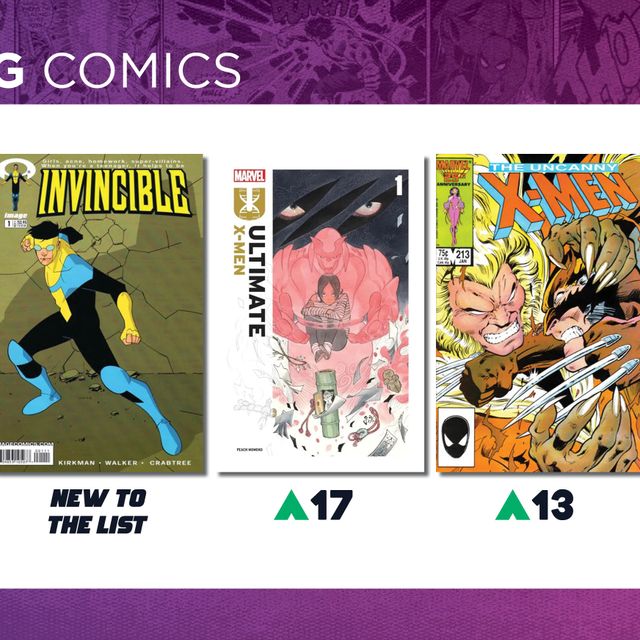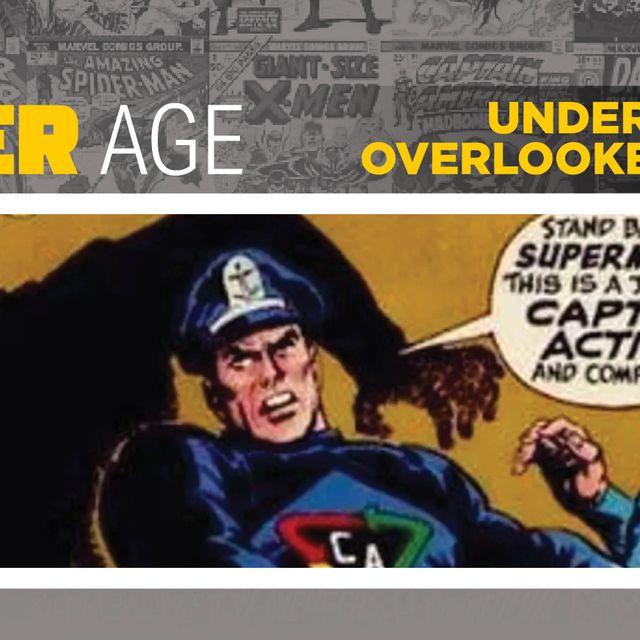
DC comics, with the help of Julius Schwartz and Fox Gardner, really struck gold when they released Brave and the Bold #28. It was here that the idea of combining all the most popular heroes in the, then extant, DC lineup of comics was tried for the first time in the Silver Age. The resulting group, the ‘Justice League of America’, was an all-around success. So successful, in fact, that a lesser known writer/editor had it impressed upon him that a monthly book combining many heroes should be created to replicate the success of the JLA (that writer was Stan Lee and the book he created was the Fantastic Four, but that will have to be the topic for another article).
Given that comic readers really seem to love superhero teams, and that the JLA was the first of these teams in the Silver Age of modern comics, it wasn’t long before the JLA formula was reapplied. Throughout the years the original Justice League of America book changed its rooster and line up, mixing heroes as time passed, but it wasn’t until the mid-1980s that Alan Moore decided to combine all the super-natural/magic using characters together.
The result was a super-natural hit. The Justice League Dark or the occult version of the JLA was born of these experiments.
First appearing in cameo in the Swamp Thing Annual #2 (June 1985), in that issue, Deadman, Etrigan the Demon, the Phantom Stranger and the Spectre come together to help Swamp Thing communicate with the soul of his dead friend Abby Cable. It’s a supernatural take on the super team concept, as only Alan Moore could provide, and it was the beginning of an idea that would take off years later as the: Justice League Dark.
Think of the JLD as a special unit of the JLA, one that works mainly with magic themed or supernatural cases. The original line up of the team featured Zatana, John Constantine, Deadman, Madame Xanadu and Shade the Changing Man. The latest incarnation of the team has just launched as part of the DC Rebirth Universe. This team keeps Constantine and Zatana, from the original line up, but adds: Man Bat, Swamp Thing and Detective Chimp and is led by Wonder Woman. Check it out here, it looks really good.
Regarding JLD keys and important investment issues, the most important individual comics would undoubtedly be:
Swamp Thing #49 (June 1986) – Second unofficial Cameo Appearance of the Team
This issue is the second unofficial appearance of the united magic using team. This time, Moore adds: Dr. Fate, Zatara and Zatana, Sargon the Sorcerer, and Doctor Occult. All are needed by the Swamp Thing and John Constantine who have been fighting a death cult known as the Brujeria. The cult’s plan is to summon the primordial ‘Great Darkness’ in the hopes of destroying God and re-shaping the world. Obviously, an occult team is needed to stop this pernicious supernatural threat. This Copper Age comic is still quite affordable with graded 9.8 copies able to be picked up for under $200.00. Best returns have been on 9.4 copies (25.5%).
Swamp Thing #50 (July 1986) – Death of Giovanni Zatara and Sargon the Sorcerer
The occultists and sorcerers led by Constantine and the Swamp Thing are back, and the fight against the Brujeria continues in this issue. The third unofficial appearance of the Justice League Dark and a bitter sweet conclusion as this comic features the death of John Zatara and Sargon the Sorcerer. Like Swamp Thing #49, this comic can be found in 9.8 for around 180.00. Best returns (of 88%) have been on 9.2 graded copies.
The first issue of the original Justice League Dark (fittingly cover dated October 2011) was part of the New 52 re-branding of the DC heroes. Here we begin a story arc written by Peter Milligan and illustrated by Mikel Janin of the supernatural team that starts with an exploration of the flaws of the individual characters and eventually brings them together for mystical adventures. This comic has seen returns of 35.5% on 9.8 graded copies over the last five years.


